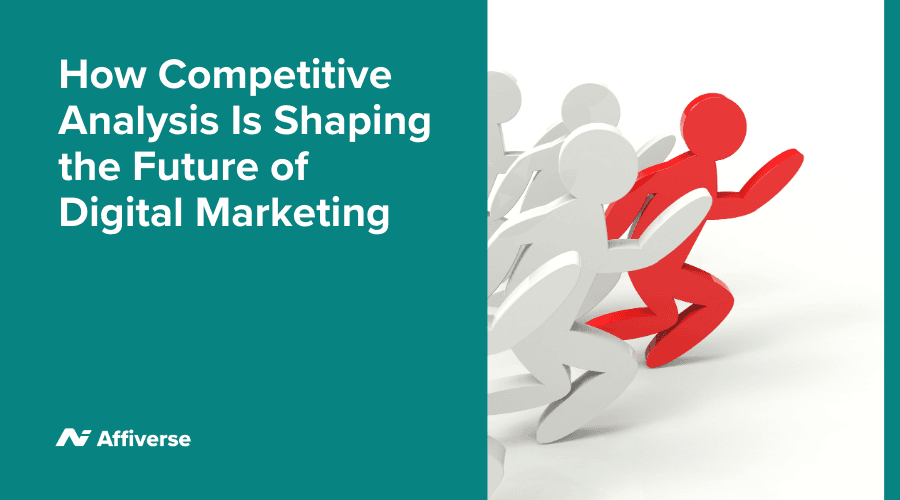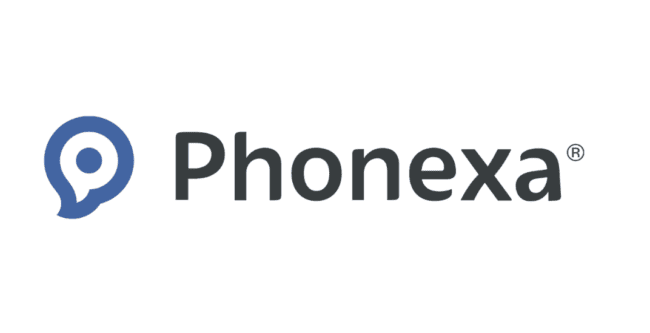How Competitive Analysis Is Shaping the Future of Digital Marketing

Digital marketing is more competitive than ever. With brands fighting for attention across multiple platforms, those that don’t adapt are quickly left behind. Understanding what competitors are doing—and more importantly, what’s working for them–is now a key part of staying ahead.
A recent Forbes report highlights how competitive analysis is becoming an essential strategy for marketers looking to refine their approach, improve performance, and uncover new opportunities. By studying competitor campaigns, audience engagement, and emerging trends, businesses can make smarter decisions and avoid costly mistakes.
For digital marketers and affiliate professionals, this means shifting from intuition-based strategies to data-driven tactics that ensure every marketing pound is spent effectively.
Why Competitive Analysis Matters More Than Ever
The days of launching a marketing campaign and hoping for the best are long gone. Consumers are bombarded with thousands of ads every day, making it harder for brands to stand out. At the same time, platforms like Google, Facebook, and TikTok are constantly evolving, meaning strategies that worked six months ago may no longer be effective.
Competitive analysis helps marketers:
- Identify winning strategies – By tracking successful competitors, brands can see which tactics are delivering results and adapt them for their own campaigns.
- Spot market gaps – Looking at what others are missing allows businesses to target untapped audiences and develop unique offers.
- Optimise ad spend – Instead of running ads blindly, brands can focus on what’s already working in their industry, reducing wasted budget.
- Predict trends before they go mainstream – By analysing emerging content patterns, businesses can stay ahead of the curve rather than playing catch-up.
For affiliate marketers, this means understanding which products are trending, which traffic sources are converting, and how top earners structure their campaigns.
How Brands Are Using Competitive Intelligence
Major brands aren’t just guessing what works anymore—they’re using AI-driven tools and real-time data to track competitors in ways that were impossible a decade ago.
For example, companies now monitor ad creatives, keywords, and social engagement metrics to see which campaigns are getting the most traction. If a competitor suddenly shifts their ad spend to a new platform or increases investment in a specific product, it’s often a sign that something is working.
Affiliate marketers and performance advertisers are also benefiting from these insights. Tools like SEMrush, SpyFu, and SimilarWeb allow them to track which keywords competitors are ranking for, where their traffic is coming from, and which partnerships are driving the most conversions.
E-commerce brands, in particular, are leveraging competitor pricing data to adjust their own strategies in real-time. If a competitor drops prices or offers a flash sale, companies can respond instantly rather than waiting for sales to decline.
The Rise of AI in Competitive Analysis
One of the biggest shifts in competitive intelligence is the use of artificial intelligence and machine learning. Instead of manually tracking competitors, businesses now rely on AI-powered tools that:
- Monitor ad placements across multiple platforms
- Analyse consumer sentiment through social media listening
- Predict which trends will gain traction based on historical data
This is especially important for affiliate marketers who need to stay ahead of shifting commission structures and emerging niches. AI helps them see where traffic is moving before it becomes common knowledge, allowing them to secure high-paying opportunities before the market gets saturated.
For brands, AI-driven analysis means faster decision-making. Instead of waiting weeks to assess the performance of a new strategy, businesses can adjust campaigns in real time based on what competitors are doing.
Avoiding Common Competitive Analysis Mistakes
While keeping an eye on competitors is crucial, there’s a fine line between learning from others and blindly copying them. Many businesses fall into the trap of assuming that if a competitor is running a specific type of ad or promoting a particular product, it must be working.
This isn’t always the case. Some brands burn through massive ad budgets testing different approaches, and just because they’re running a campaign doesn’t mean it’s profitable.
Instead of just mirroring competitors, the smartest marketers use competitive data to inspire their own unique strategies. They take what works, add their own spin, and tailor it to their specific audience.
Another mistake is focusing only on direct competitors. Sometimes, the biggest disruptors come from outside the expected industry. A brand in a completely different niche might be using a strategy that can be adapted to an entirely new market, opening up fresh opportunities.
The Future of Competitive Analysis in Digital Marketing
As digital marketing becomes more complex, competitive analysis is no longer optional—it’s essential. The brands that thrive in 2025 will be those that monitor trends, track competitors, and adjust their strategies faster than the competition.
Affiliate marketers who rely on real-time data rather than guesswork will outperform those who stick to outdated methods. E-commerce brands that use AI to predict consumer demand will see stronger sales than those who rely on traditional seasonal trends.






